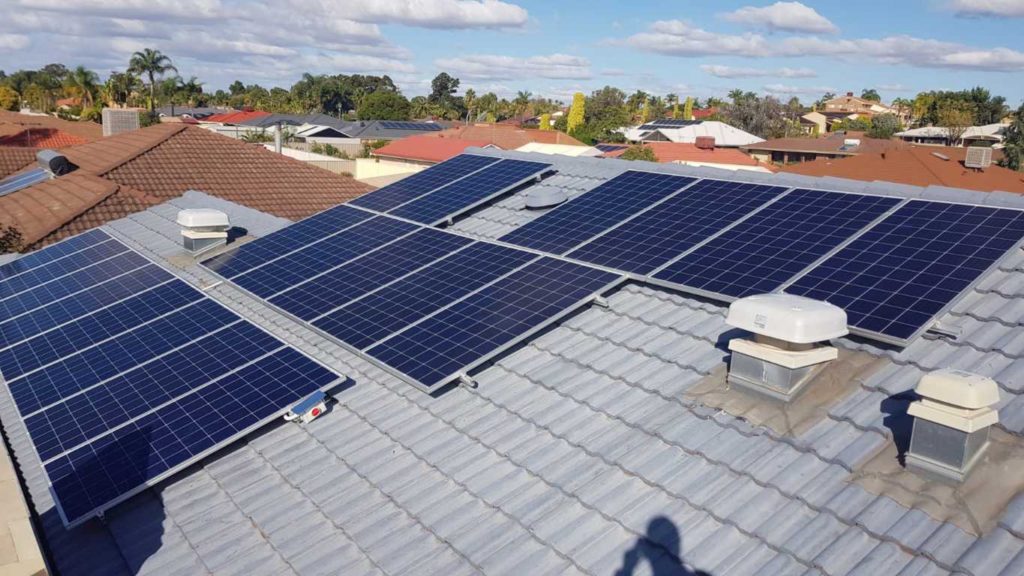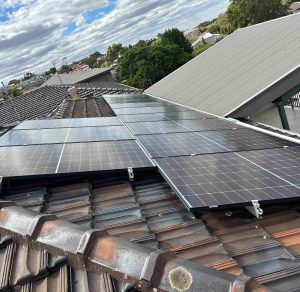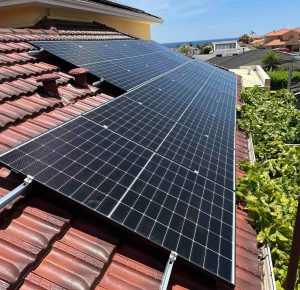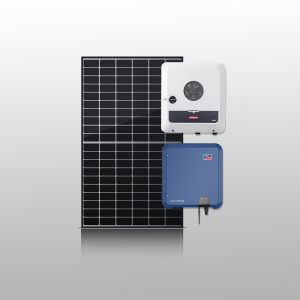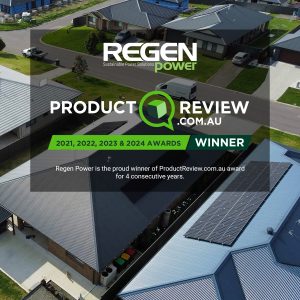Updated Electrical Installation Wiring Rules for PV Solar Installers (AS/NZS 3000:2018) includes changes to reflect new technologies, equipment, and installation techniques. This article explores some of the most significant changes that will impact Australian electrical PV Solar Installations.
There is a six-month transition period from 26 June 2018 to January 2019. The transition period will allow electrical PV Solar contractors and Installations workers to access AS/NZS 3000:2018 Wiring Rules.
Solar installation work carried out after the transition period needs to comply with these rules, failing which, enforcement action, such as notices or fines, will be issued. Hence, during the transition period the electrical PV Solar contractors are required to comply with the 2018 edition where possible. Here are the significant updates from the electrical installation wiring rules for PV solar installers (Aug 2018).
Safety Switch Requirements (Clause 2.6.3)
The new Wiring Rules require safety switches on all final sub-circuits in domestic ans residential installations. This includes fixed electrical equipment like cooktops, hot water systems and also PV Solar units. Out of the existing requirement for a maximum of three circuits per RCD, minimum two RCDs remain for domestic and residential electrical installations.
For non-domestic/non-residential electrical installations, 30mA RCDS shall be installed on all lighting and socket outlet final sub-circuits ≤ 32A (previously it was 20A). 30mA RCDS should be installed on all final sub-circuits ≤ 32A supplying fixed wired electrical equipment.
New Definitions (Sections 2.8)
Many new definitions include: ‘arc fault detection device’, ‘electric vehicle’, ‘protective earth neutral’, ‘adjacent’, ‘outbuildings’, ‘alteration’, ‘repairs’ and several others.
External Influences IP Rating (Clause 4.1.3)
A zone has been created to clarify the IP rating required for electrical equipment mounted on external walls. The zone extends downward at a 30-degree angle from the edge of a veranda or eve to the wall. Equipment mounted in this triangular zone does not require an IP rating. Equipment outside the triangle needs IP33 as a minimum, except for meter boxes which historically have been IP23 rated. Furthermore, any equipment mounted inside meter boxes does not require an IP rating.
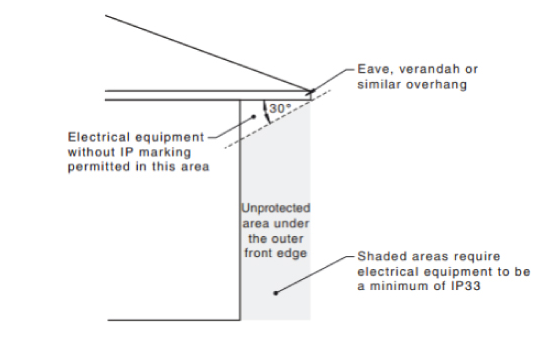
Appendix Q – D.C Circuit Protection Application Guide
Appendix Q deals with control and protection of DC circuits. DC operates much of the equipment in data centres. This is becoming very prevalent in domestic installations with solar panels and storage batteries. It describes requirements for arc suppression, switchgear typing, d.c. ratings, subcircuit wiring/fittings, switchboard locations, and inverters.

